Birding Nanhui these days is far more troublesome than it used to be, as the seawall road is blocked for cars. So, the intrepid bird photographer parks somewhere, unloads a foldable bicycle, curses the tires for being almost flat again, and sweats from inflating them before having even seen a single bird. The camera is precariously placed on the bike, and off he goes. Of course, this makes photographing some shy species such as raptors almost impossible – these species seem to think that a person on a bicycle is much more dangerous than a car. Which is probably true for the person but not for the bird.
On the plus side, this means fewer birders at Nanhui, and birders with a higher genuine interest in birds rather than spending a day outside chatting with friends while smoking and occasionally being disturbed by a bird. So, everything has its good and its bad aspects, though I do not think this applies to voice messages.
For that reason, Eurasian Wrynecks never use voice messages. Admittedly, this is a bit easier for them than for humans as they often stay outside areas with reliable mobile phone signals anyway.
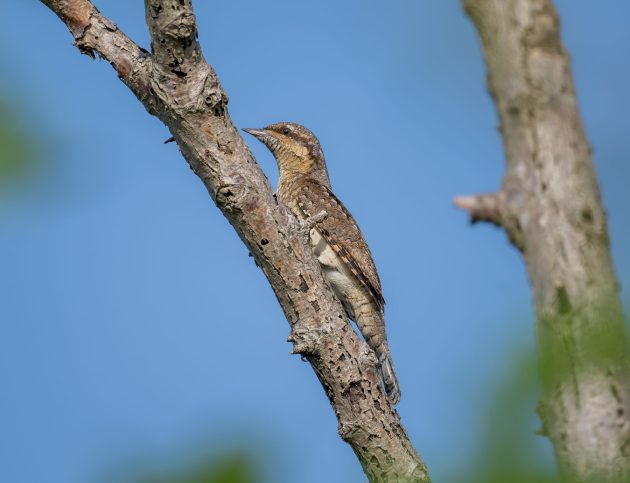
Contrary to what you might think, this Eurasian Wryneck is not showing me his tongue but rather picking up some ants with it.



“The Eurasian Wryneck is famed for its snake mimicry. When threatened or captured, it performs stereotyped writhing and twisting of the head and neck and/or utters hissing sounds” (source). This gives me an opportunity to show you an actual snake I saw at Nanhui – a Castor’s Rat Snake, to be specific.

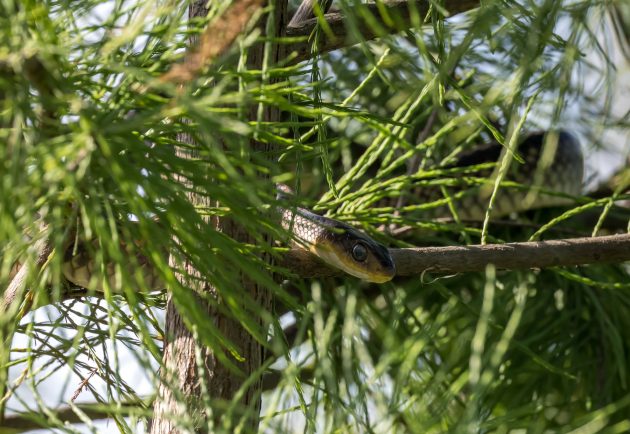

This Siberian Thrush is a juvenile male and thus not quite as stylish-looking as an adult male.
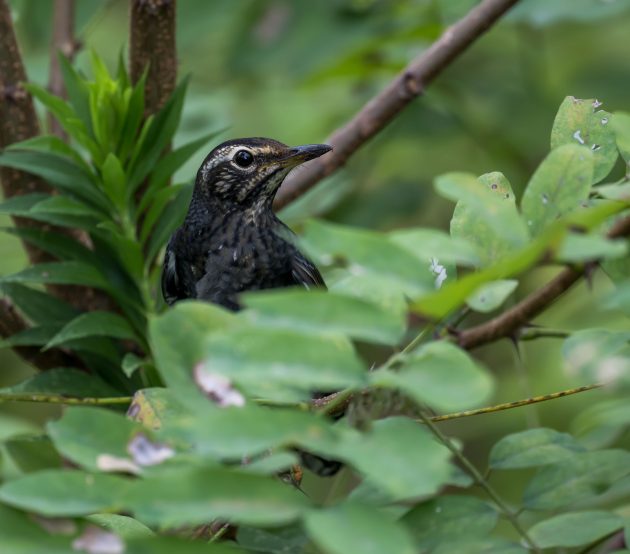

It will have to smarten up a bit more before starting to breed next year.

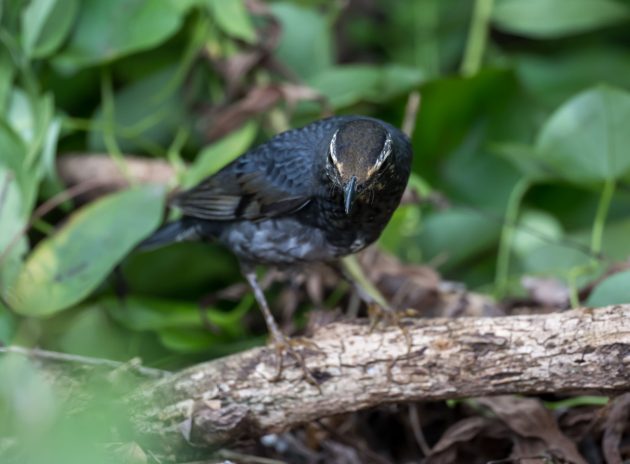
A few days later, there was a female.


Being a juvenile could be much worse – see this crappy-looking Chinese Blackbird.

The juvenile male Blue-and-white Flycatcher is an interesting bird as it has quite a different plumage from the adult male (light blue instead of dark blue), and one that is as attractive (I think), not just a thrift store version of the adult male, as for the Siberian Thrush …

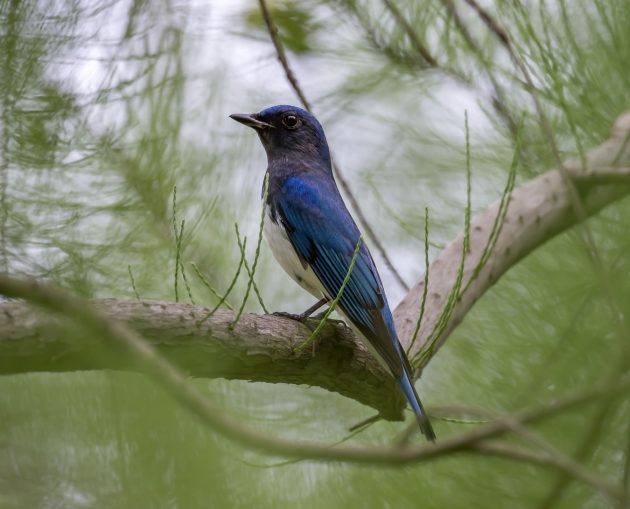
… or the Siberian Blue Robin (photo showing a juvenile male, I think).
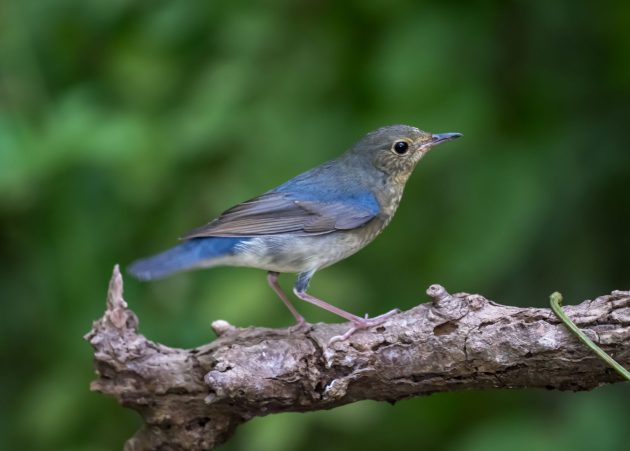
The Tiger Shrike is the national bird of Vietnam (source), so it would be interesting to know what an individual seen in Shanghai thinks about the Spratly Islands.


This being another juvenile (see also here), maybe it has no opinion on this issue yet.

Given the name of the Chinese Grosbeak, its loyalties should be clear. The male has a black head …

… while the head of the female is brown. So maybe this is a juvenile male?


There may well be a sinister story behind this Grey Heron.

Aggressive behavior of Grey Heron nestlings was observed in approximately 25% of nests at two Polish heronries. Mostly, this was pecking at the youngest chick – and many of these chicks died. The authors of the study concluded that siblicide rather than predation is the most important factor affecting the species’ nesting success.
Not sure I have anything even vaguely interesting to say about the Ashy Minivet. While most minivets are quite colorful, this species has been optimized for black-and-white TV and thus looks a bit outdated today.
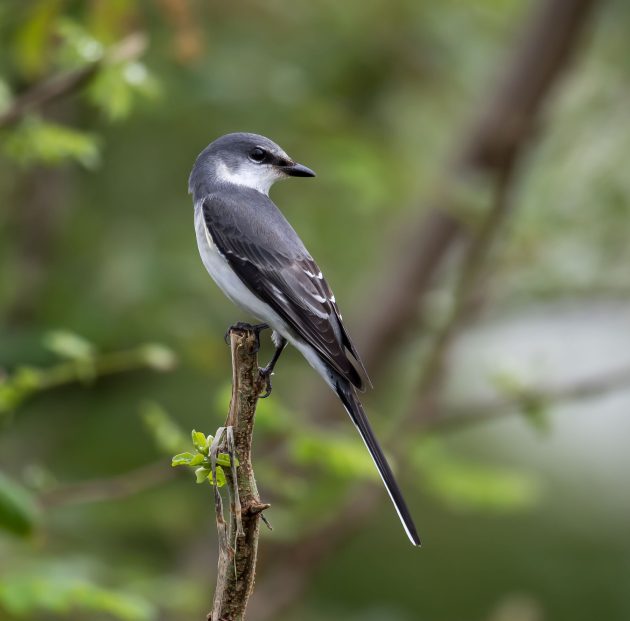
The elongated shape of this minivet reminds me that mannerism has never been my favorite style of art.


I asked ChatGPT to draw me a picture of an Ashy Minivet in the style of mannerism – the result is not too convincing, I think …

The word “Sniper” (sharpshooter) is derived from the snipe family, which includes the Pin-tailed Snipe.

Apparently, among British soldiers in India in the 18th century, hunting snipe was a popular pastime. A soldier who could successfully shoot a snipe was considered an exceptionally skilled marksman – a real “sniper”.

If you do not like spiders, you may be happy to see these photos of (presumably) a Sakhalin Leaf Warbler.


The Ashy Drongo is an interesting drongo species in that it is not necessarily black …


… and that the different subspecies look rather different, from light gray to almost standard drongo black. Fortunately, the subspecies migrating through Shanghai is a cute one with a large white patch around the eyes …


… possibly Dicrurus leucophaeus salangensis, though I would not give much on my own judgement regarding subspecies.


Some more photos of birds I don’t have much to say about right now: Yellow-rumped Flycatcher (male) …
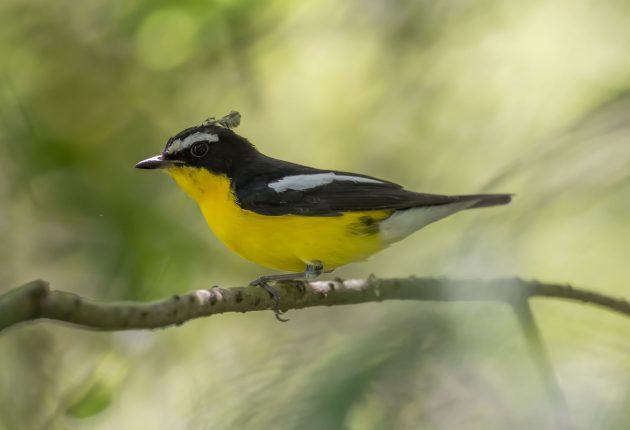
… female …

… Black-collared Starling …

… Eurasian Hoopoe …



… Black Paradise Flycatcher …




… Asian Stubtail …



… Oriental Magpie-robin (with the same problems I have when walking through Nanhuis microforests: always getting sticky spider webs in my face) …


… Black-winged Cuckoo-shrike …




… Brown Shrike …
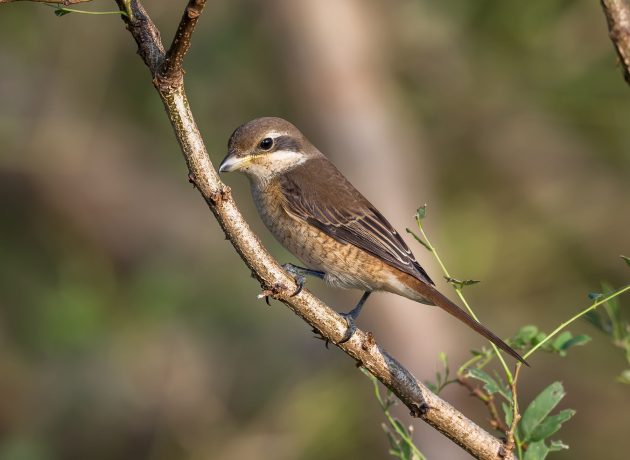
… Black-crowned Night Heron (juvenile and adult) …

… and the dreaded Japanese Tit. I shiver any time I get a decent photo of it, knowing that I will have to show the bird in the next monthly Shanghai post and come up with a semi-pornographic joke. The shame of it.

Fortunately, I now can ask ChatGPT to do the dirty work for me. “Can you tell me a slightly sleazy joke related to the bird species Japanese Tit?”
ChatGPT: “Sure, here’s a cheeky one related to the Japanese Tit: Why did the birdwatcher bring binoculars to the café? Because he heard they had some Japanese Tits in the area and wanted to make sure he got a good look at those fine feathers! (Sometimes birdwatching comes with double meanings!)”
As Peter recently pointed out somewhere, ChatGPT’s sense of humor still needs work. It reminds me of the guy at work who thinks he has a great sense of humor – he always says so – but everybody dreads it when he starts telling jokes.
Fortunately, at the end of September, Nanhui has something much better than a bird species that mainly serves as a cue for lame jokes: the Oriental Scops Owl. Just a few photos this time.
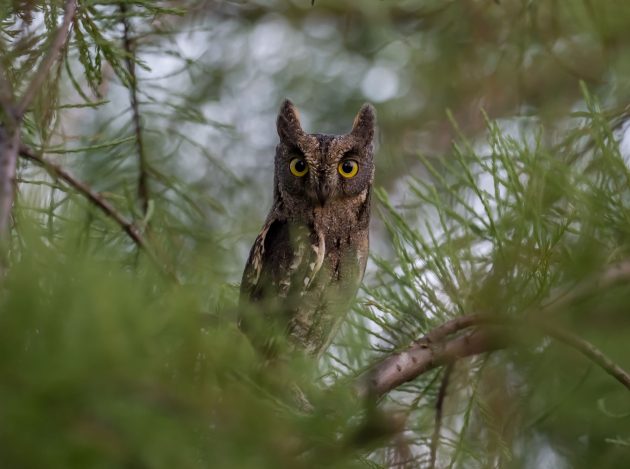




Finally, the Fairy Pitta again. So hard not to show these photos. The post ends here for those not interested in pittas.





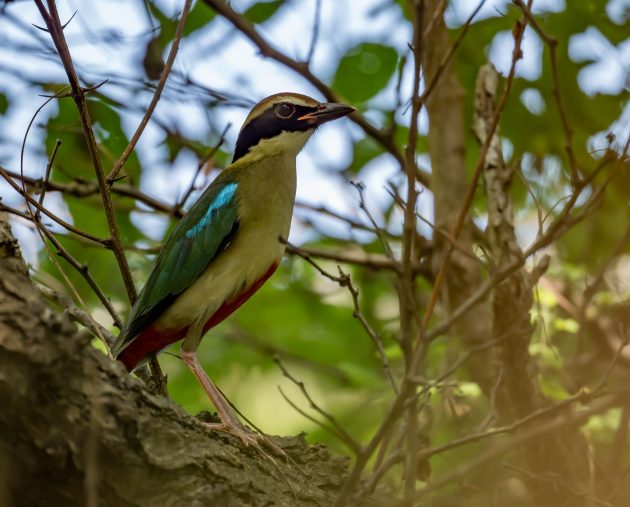
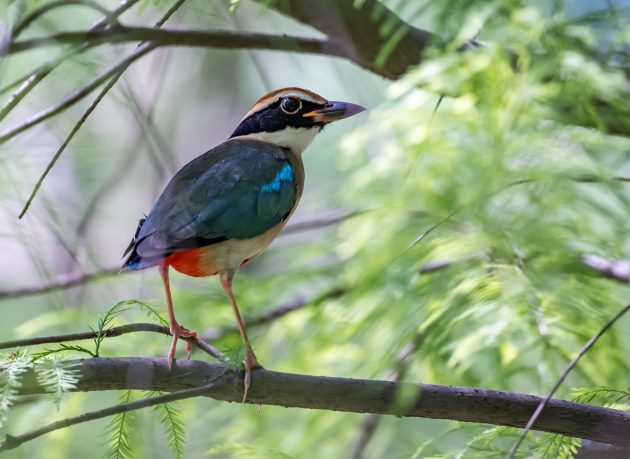






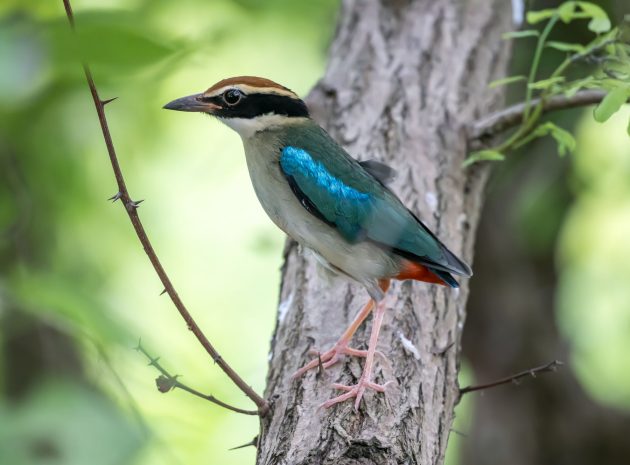

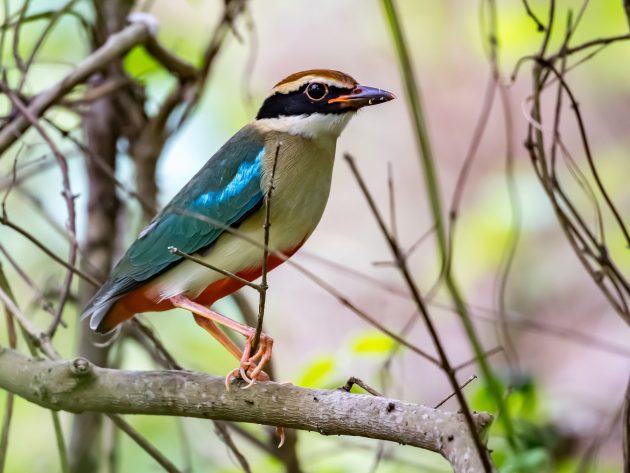








Interestingly, all the pittas I have seen this autumn were juveniles – do the adults take a different route, or are they just too clever to expose themselves to me? More research needed …
Source link

